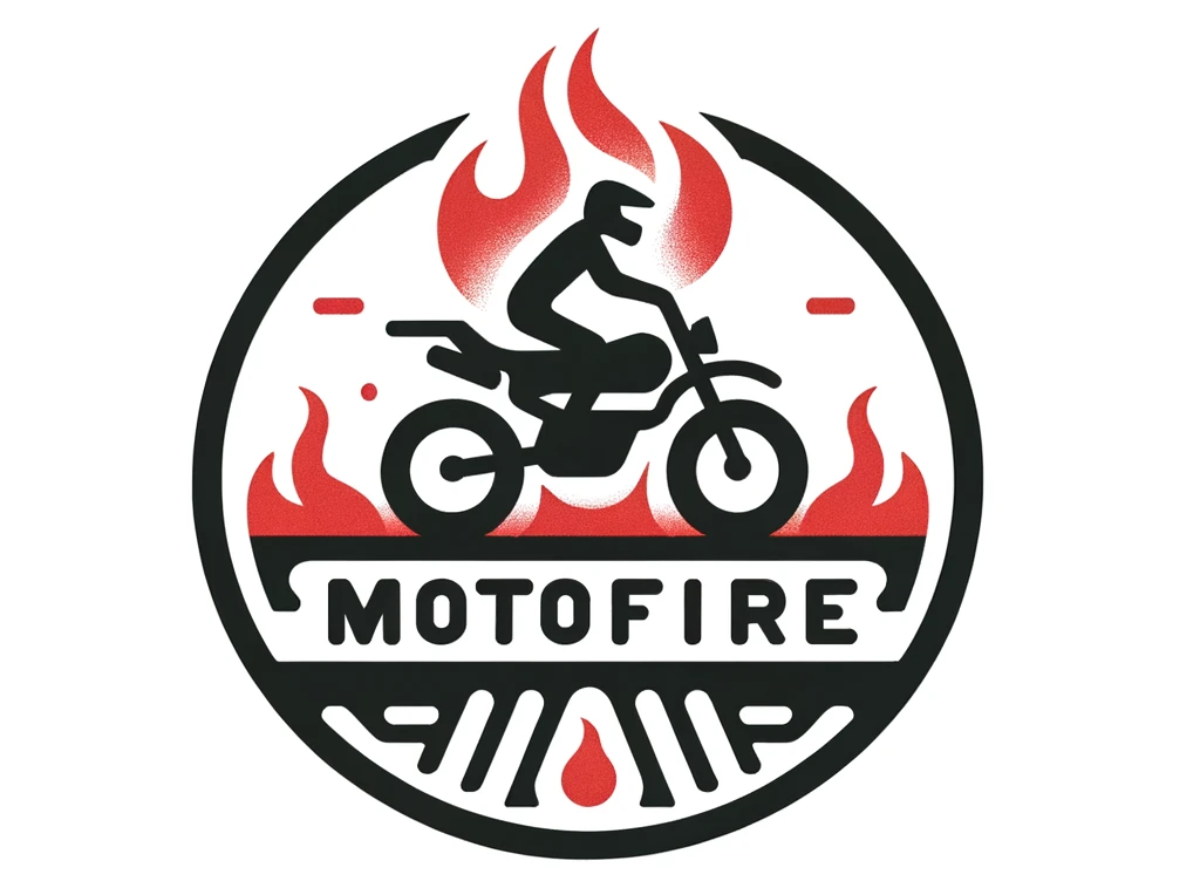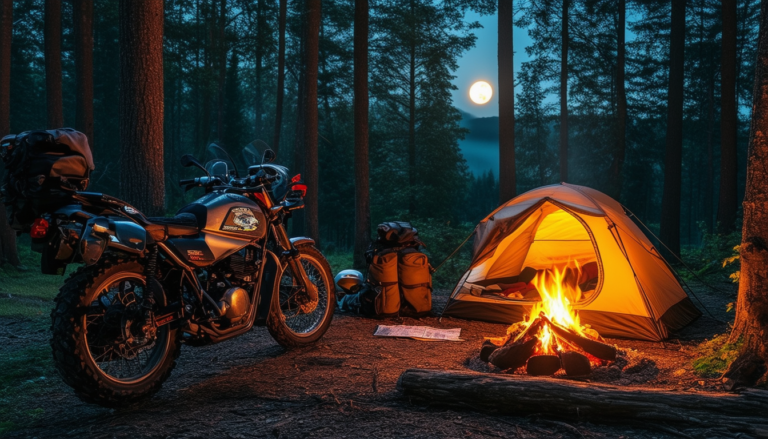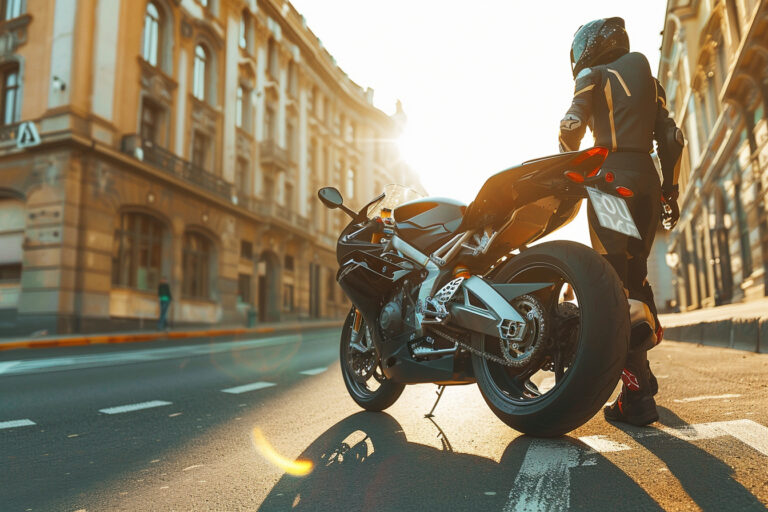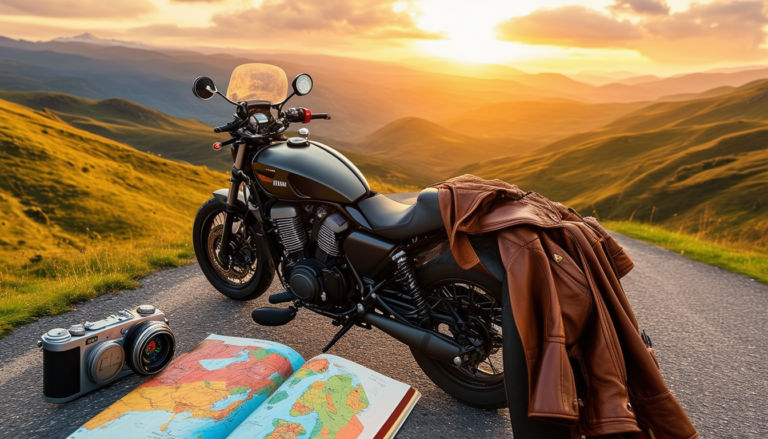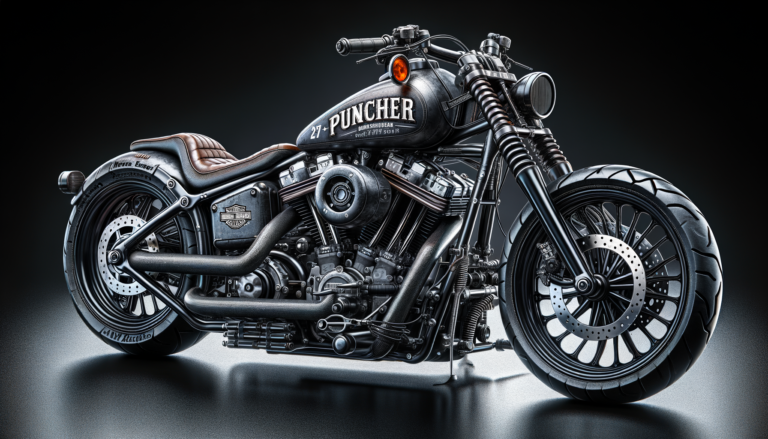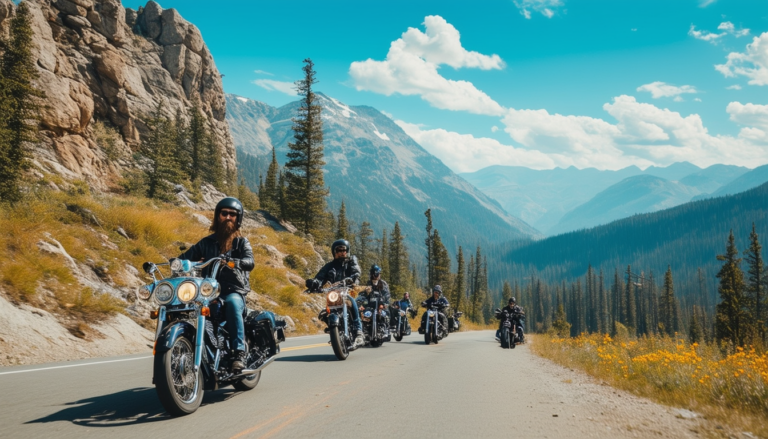What are the top tips for mastering motorcycle riding?
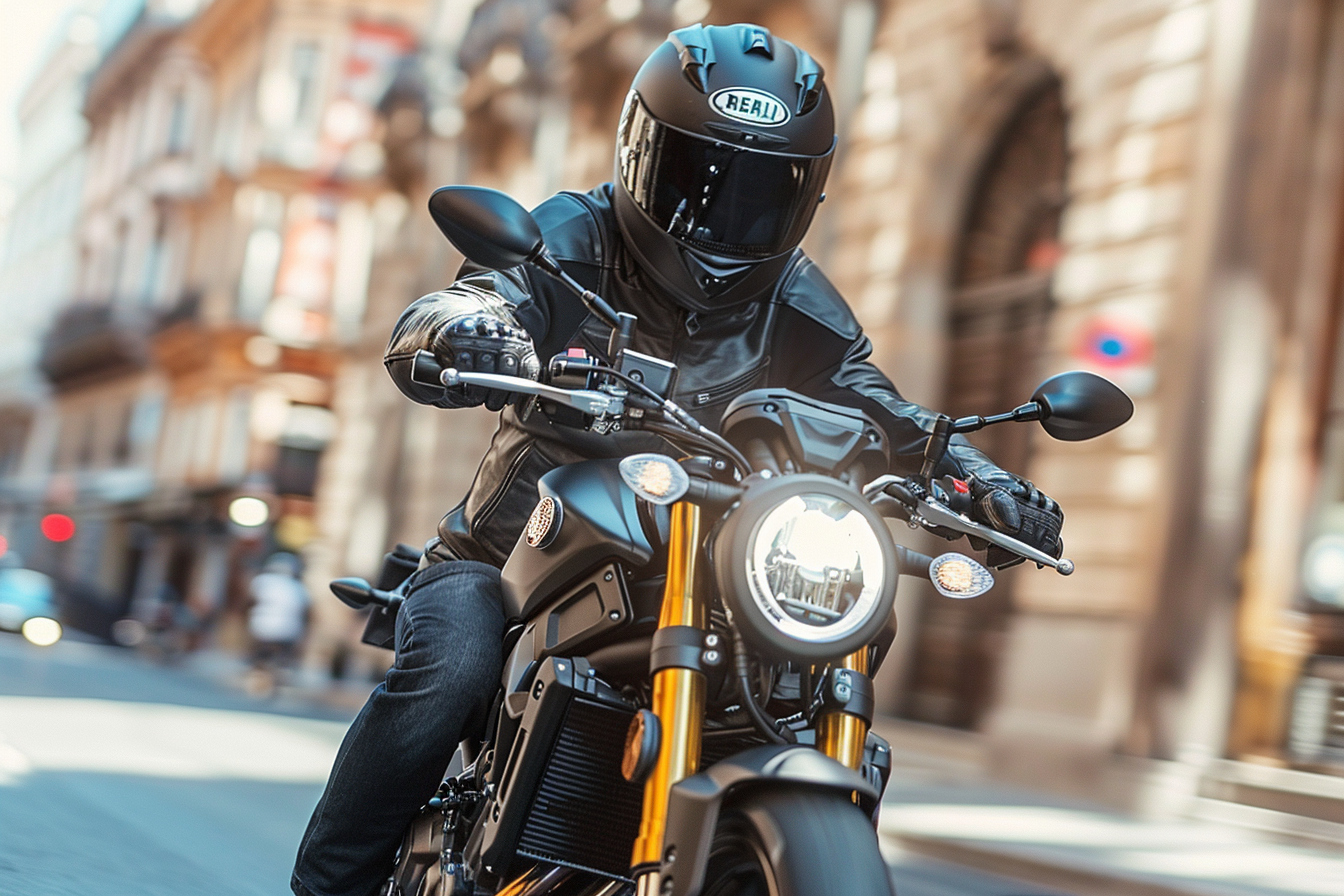
Understand Your Motorcycle
Before hitting the road, it’s important to get familiar with the specific details of your motorcycle. Read the owner’s manual to understand the controls, maintenance requirements, and safety features.
- Learn the functions of the clutch, brakes, throttle, and gear shifter.
- Know how to check and adjust your mirrors properly.
- Understand the maintenance schedule for oil changes, chain tension, and other routine services.
Start with the Right Gear
Protective gear is not just a recommendation; it is a necessity.
- Helmet: Always wear a Department of Transportation (DOT) or similarly certified helmet.
- Jacket: A durable motorcycle jacket can protect against abrasions.
- Gloves: They should provide grip and protect your hands.
- Pants: Special motorcycle pants offer protection for your legs.
- Boots: Footwear should cover your ankles and provide good traction.
Take a Motorcycle Safety Course
Whether you’re a beginner or an experienced rider, taking a motorcycle safety course can be invaluable.
- Learn proper riding techniques and safety practices.
- Understand defensive riding to anticipate and avoid hazards.
- Practice emergency maneuvers in a controlled environment.
Many courses also provide motorcycles for training, which can be beneficial for new riders.
Practice Makes Perfect
Practice is essential for mastering motorcycle riding skills. Start in a safe, controlled environment like an empty parking lot.
- Develop muscle memory for the controls.
- Practice low-speed maneuvering, which is often more challenging than high-speed riding.
- Master the art of smooth braking and gear shifting.
Once comfortable, gradually expose yourself to more traffic and different road conditions.
Maintain Situational Awareness
Staying aware of your surroundings is critical for motorcycle safety.
- Constantly scan the road for hazards such as potholes, debris, and errant drivers.
- Use mirrors frequently but don’t rely solely on them; always perform shoulder checks before changing lanes.
- Keep an eye out for weather changes and prepare accordingly.
Anticipate and Be Visible
Visibility can be a matter of life and death.
- Wear bright colors or reflective gear.
- Use your lights even during the day to increase visibility.
- Make eye contact with drivers at intersections when possible.
Anticipate the actions of other road users and be ready to react.
Stay in Your Comfort Zone
Pushing your limits can be tempting, but it’s important to ride within your skill level.
- Don’t attempt roads or speeds that you don’t feel prepared for.
- Avoid peer pressure to perform stunts or ride recklessly.
Gaining skill and confidence takes time. Gradually expand your riding experiences as your capabilities grow.
Regular Maintenance and Inspections
A well-maintained motorcycle is a safer motorcycle.
- Conduct pre-ride checks to ensure your bike is in good operating condition.
- Be diligent about scheduled maintenance.
- Address any mechanical issues immediately to avoid safety hazards.
A bike in top condition will be more responsive and reliable on the road.
Key Takeaways
Mastering motorcycle riding involves a combination of education, practice, and adherence to safety principles. By taking the time to understand your motorcycle, investing in proper gear, and practicing safe riding techniques, you set the foundation for a rewarding and safe riding experience. Remember, skill comes with experience, so be patient with your progress and consistently prioritize safety.
—
As each rider’s journey is different, specifics may vary, and further questions may arise. Below are some common FAQs that may assist in providing additional guidance for aspiring motorcyclists.
